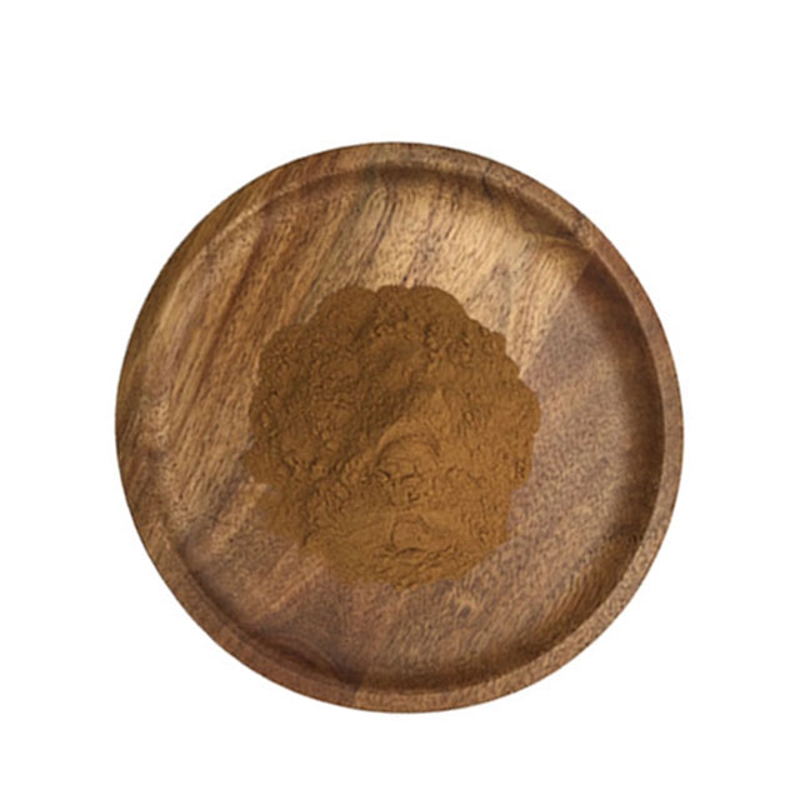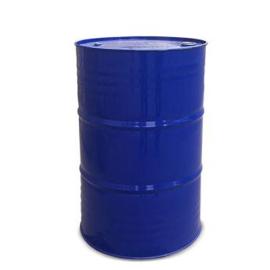-
Categories
-
Pharmaceutical Intermediates
-
Active Pharmaceutical Ingredients
-
Food Additives
- Industrial Coatings
- Agrochemicals
- Dyes and Pigments
- Surfactant
- Flavors and Fragrances
- Chemical Reagents
- Catalyst and Auxiliary
- Natural Products
- Inorganic Chemistry
-
Organic Chemistry
-
Biochemical Engineering
- Analytical Chemistry
- Cosmetic Ingredient
-
Pharmaceutical Intermediates
Promotion
ECHEMI Mall
Wholesale
Weekly Price
Exhibition
News
-
Trade Service
▎Non-alcoholic steatohepatitis (NASH), edited by WuXi AppTec's content team, is an advanced form of non-alcoholic fatty liver disease (NAFLD), which is becoming one of the main causes of liver cirrhosis and liver transplantation
.
However, no therapy for NASH has been approved by the FDA
.
Therefore, finding treatments other than weight loss and identifying the benefiting population has become an important challenge in the management of NASH
.
In a phase 2b trial, the investigational pan-PPAR agonist lanifibranor achieved positive results in the treatment of NASH, and it was published in the New England Journal of Medicine (NEJM) on October 20
.
The study reached the primary endpoint, and lanifibranor significantly reduced the SAF-A (steatosis, mobility, fibrotic activity) score
.
In addition, the study also reached several major secondary endpoints, including remission of NASH, no deterioration of NASH, and improvement of liver fibrosis
.
Screenshot source: NEJM In this double-blind, randomized, placebo-controlled trial, a total of 247 NASH patients were enrolled, randomly assigned at a ratio of 1:1:1, and received 1200 mg/day or 800 mg/day lanifibranor Or placebo treatment for 24 weeks
.
The results of the trial showed that treatment with two different doses of lanifibranor was more effective than placebo
.
The primary endpoint of the study was a decrease in the SAF-A score by at least 2 points (total score range 0-4 points), while the degree of liver fibrosis did not worsen
.
In the 1200 mg/day Lanifibranor treatment group, 55% of patients reached this endpoint, and the placebo group had a value of 33%, which was significantly higher than that of patients taking placebo (p=0.
007)
.
▲In 24 weeks, the primary and secondary endpoints (data source: reference [2]) At the same time, the study also reached multiple secondary endpoints, both in the 1200 mg/day and 800 mg/day lanifibranor groups A higher proportion of patients achieved remission of NASH without worsening fibrosis (49% vs 39% vs 22%); a higher proportion of patients improved fibrosis at least grade 1 while keeping NASH symptoms from worsening (48% vs 34% vs 29%) ), a higher proportion of patients with NASH relieved and improved fibrosis at least grade 1 (35% vs 25% vs 9%)
.
In the two groups treated with lanifibranor, liver enzyme levels were reduced, and the levels of most biomarkers of lipids, inflammation, and fibrosis improved
.
In terms of safety, the withdrawal rate of all experimental groups due to adverse events was less than 5%
.
Compared with the placebo group, the lanifibranor treatment group experienced more frequent diarrhea, nausea, peripheral edema, anemia, and weight gain
.
The lead researcher of the study, Professor Sven M.
Francque from Antwerp University Hospital, Belgium, said: "Lanifibranor can solve the metabolic drivers of the disease, especially the dysfunction of adipose tissue, as well as the inflammation and fiber formation mechanisms in the liver
.
Using lanifibranor to treat NASH is a way to achieve multiple balances at one go
.
"
He believes that in terms of pathophysiology, NASH is a "complex disease" and "different goals need to be addressed at the same time to have a substantial impact on the disease
.
"
As an oral small molecule pan-PPAR agonist, lanifibranor can activate the three PAR isotopes, which may explain why this drug can achieve the two end points of NASH remission and fibrosis remission
.
In an editorial article published at the same time by NJEM, Professor Guadalupe Garcia-Tsao from Yale University in the United States pointed out, “As shown in this trial, new therapies that can effectively improve the histological characteristics of NASH represent a valuable opportunity for NASH treatment
.
” In addition, In response to clinical trials related to NASH, he proposed that more attention should be paid to patients in the advanced stage of F3 liver fibrosis or F4 liver cirrhosis
.
Because, if patients with F3 liver fibrosis in the advanced stage are prevented and treated, they will not further progress to liver cirrhosis
.
What happened to people who got fatty liver in related reading? The NEJM study revealed that the true incidence of multiple outcomes and high-risk populations fatty liver is not just "a disease", obese and diabetic populations are especially at high risk! The international expert group called for a comprehensive response to prevent fatty liver from becoming liver cancer.
The four main points should be taken care of.
Some drugs may be beneficial! Authoritative review summarizes how far the preventive strategy goes from fatty liver to cirrhosis and liver cancer? What health problems should we be alert to? "The Lancet" details the natural history of the disease.
"The Lancet" sub-issues: no need for biopsy to "suffer", to identify high-risk fatty liver, non-invasive blood test technology brings hope.
Reference materials [1] GuadalupeGarcia-Tsao.
Nonalcoholic Steatohepatitis — Opportunities and Challenges .
Retrieved October21, 2021, from http:// FrancqueSM, Bedossa P, Ratziu V,et al.
,(2021).
A Randomized, Controlled Trial of the Pan-PPAR Agonist Lanifibranor in NASH.
N Engl J Med, doi:10.
1056/NEJMoa2036205.
PMID: 34670042.
[3] MeganBrooks.
Novel Drug Lanifibranor Promising for Nonalcoholic Steatohepatitis.
Retrieved October 20, 2021, from https:// .
com/viewarticle/961293 Disclaimer: WuXi AppTec's content team focuses on introducing global biomedical health research progress
.
This article is for the purpose of information exchange only.
The opinions expressed in the article do not represent the position of WuXi AppTec, nor does it mean that WuXi AppTec supports or opposes the views in the article
.
This article is not a treatment recommendation
.
If you need guidance on treatment plans, please go to a regular hospital for treatment
.







